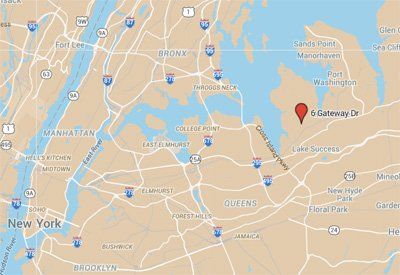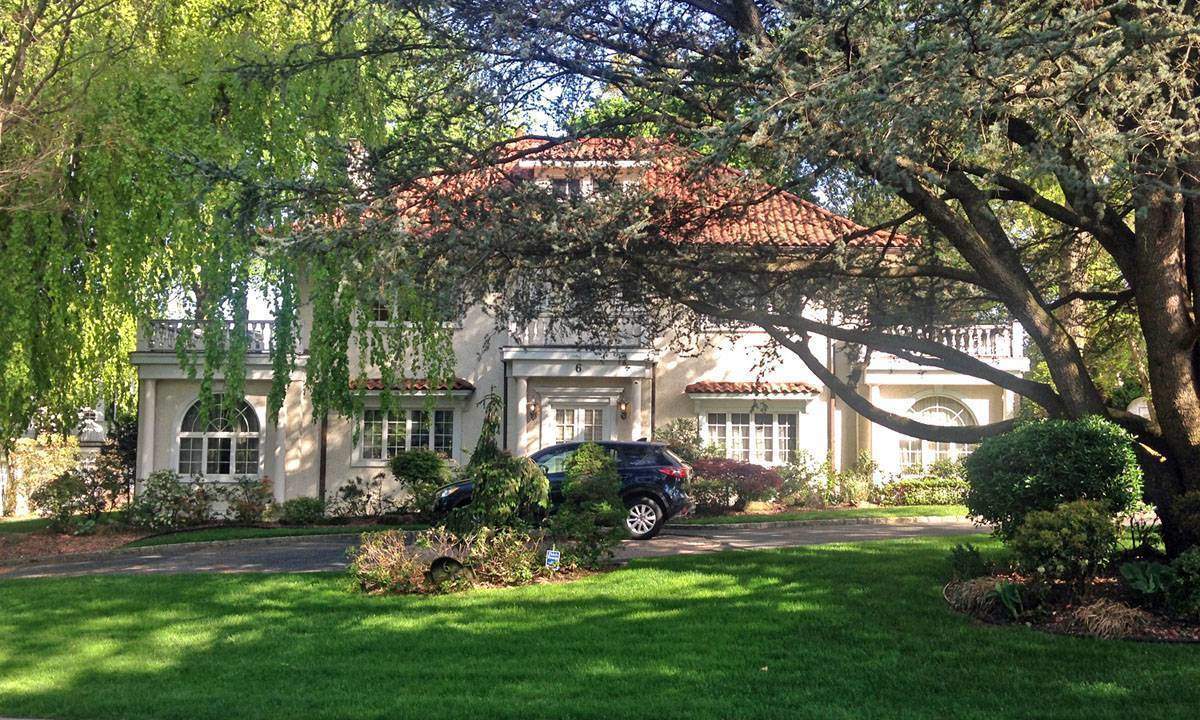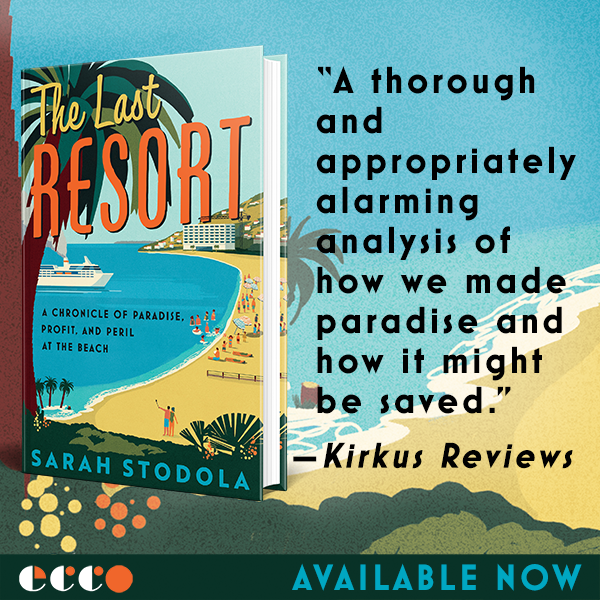It’s become somewhat of a national pastime to recreate the milieu of F. Scott Fitzgerald, especially in the summer months, when flapper dresses and resurrected cocktails are easiest to flaunt. And so I know I am not alone when I repeatedly fall hard for the mythos surrounding him. That Fitzgerald represents both the apex of glamour and its sordid underbelly fills me with a pathos that I enjoy wallowing in. That when he was 23, with the publication of his first novel, This Side of Paradise, he became a celebrity and a poster boy for the Jazz Age. That he published The Great Gatsby at the impossible age of 28. That he and his wife Zelda flitted from party to party and from New York to Paris to Antibes without any knack for restraint. That the sheen would fade after a mere few years. That by his early thirties, life had fallen to pieces, and after that Fitzgerald fell into a serious penury, and an equally serious sadness, from which he would never fully recover. That the oncoming ruin was forecast in his protagonists, as if he knew all along how the story would end for him. I know that life is just life, no matter to whom it belongs, but Fitzgerald’s nonetheless remains larger than that. So of course I would want to see where he spent it.
Fitzgerald rented a house in Great Neck, Long Island with Zelda and their newborn daughter in 1922, a move not so much to the suburbs as toward the epicenter of the effervescing East Coast elite. At the time, names like Vanderbilt and Woolworth and DuPont lived in ever more ostentatious mansions centered on Kings Point near Great Neck (Fitzgerald’s West Egg) and Sands Point near Port Washington (East Egg). Kings Point drew the new money and welcomed the Jewish elite—and threw the most audacious parties—while Sands Point was the domain of the WASP old guard. From the house in Great Neck, Fitzgerald observed “the greatest, gaudiest spree in American history” at perhaps its least constrained moment. Prohibition had now set in and unwittingly unleashed a free-for-all of moderate vices. For all of Fitzgerald’s keen understanding of its degrading aspects, the congregation of the world’s richest people in an atmosphere where the rules of propriety had lost their way was the kind of scene Scott and Zelda could not resist.
[lightbox]
[2c_lightbox_image title=”Fitzgerald’s House, side view” group=”gallery|all” src=”http://flungmagazine.com/wp-content/uploads/2015/05/Fitzgeralds-House2.jpg” last=”no”]
[2c_lightbox_image title=”The garage in back, where Fitzgerald had his writing studio” group=”gallery|all” src=”http://flungmagazine.com/wp-content/uploads/2015/05/Fitzgeralds-House3.jpg” last=”yes”]
[/lightbox]
Accounts of visits to 6 Gateway Drive are filled with pitchers of “orange blossoms” (gin and orange juice), a rotating cast of merrymakers and spontaneous trips into the city. New neighbors enjoyed the Fitzgeralds’ boozy hospitality, especially the writer Ring Lardner, who became a close friend and frequent drinking buddy of Fitzgerald’s. The Fitzgeralds couldn’t exactly afford their lifestyle, but for the moment it didn’t seem to matter. For the year 1923, Fitzgerald made a detailed monthly budget in an attempt to keep his and Zelda’s spending under control—included were line items for “house liquor” ($80) and “wild parties” ($100), allotted amounts that would prove inadequate.* Meanwhile, in the spare room above the garage, Fitzgerald began conceptualizing Gatsby, drawing on his immediate surroundings for not only its setting but the comment on the age and on human nature more generally that would make the book into a classic; for the moment he remained filled with the flush of possibility.
I’d been wanting to drive by the house ever since discovering its continuing existence while researching my book, Process: The Writing Lives of Great Authors, which includes a chapter on Fitzgerald (incapable of steady routine, remorsefully motivated by money, prone to glittery distraction). I saw my chance the day we drove out to my boyfriend’s parents’ house, a half hour or so away from Great Neck, for a Mother’s Day barbeque.



I was expecting to have to drive further, deeper into some lost time, but no, his house was just off Great Neck’s busy downtown shopping street. We turned off of it, made an immediate right, passed a house-turned-local government building for the incorporated village of Great Neck Estates, and there it was, perched rather grandly on a winding corner plot. Today it passes for a large and luxurious house—it’s currently on the market for just under $3.9 million—but in Fitzgerald’s time 6 Gateway Drive was a mere cottage, modest in proportion to places like the 127-room Oheka Castle nearby (said by some to be at least the partial model for Gatsby’s house, and definitely the setting in the video for Taylor Swift’s “Blank Space”).
Despite its current proximity to the trappings of modern-day suburbia, the house could still pass for Nick Carraway’s house in Gatsby (Fitzgerald indeed based his narrator’s cottage on his own Great neck home). On this single plot of land, a window onto the magic of the Jazz Age remains, if you look past the hatchback in the driveway and the cow statue on the front lawn. Trees drip and frame and seem to put the place in soft focus. Their branches refract the sunlight just so. The grass is greener. Because it’s on a corner lot, it’s easy to get a look at the garage where Fitzgerald worked. Today it has been made part of the main house, but in his time, it was freestanding, a true writer’s studio, just through that arched window above the garage door.
The Fitzgeralds only stayed in 6 Gateway Drive for two years. They always tired of a place before too long, no matter how freely the booze flowed there. But by the time they set sail for the South of France in May 1924, the idea for The Great Gatsby was in place—he spent the following summer working intently on writing it. Fitzgerald managed to freeze the place in time with his great novel, even if the Fitzgeralds themselves had moved on, barreling toward their demise.
-by Sarah Stodola
Getting There:
Car: Driving from Manhattan, without traffic (LOL) takes about a half an hour.
Train: The trip on the Long Island Railroad from Penn Station in Manhattan takes about 35 minutes. Fitzgerald’s house at 6 Gateway Drive is a nine minute walk from the station.
Note: 6 Gateway Drive is a private residence. Treating it accordingly would make sense.
Recommended Reading:
*Thanks to Matthew J. Bruccoli’s Some Sort of Epic Grandeur: The Life of F. Scott Fitzgerald, for providing detail here.











